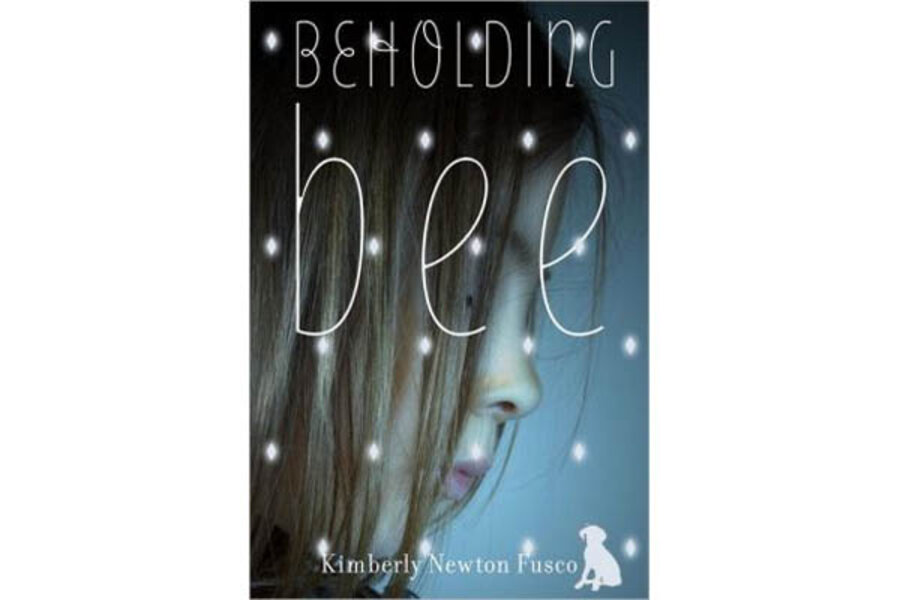Beholding Bee
Loading...
I almost gave up on Beholding Bee.
Yes, I'd heard the early buzz. Readers whose taste mimicked mine loved it. I was attracted to the appealing cover art, the heft of the book, the fresh voice of the narrator. And it began with a surprising concept. After the death of her parents when she was quite young, 12-year-old Bee is in the care of her friend Pauline. Together, they work at a traveling carnival. Although Bee's birthmark causes her to constantly cover her face and look away, Pauline offers encouragement, telling her it is a diamond. Such a unique setting! So many oddball, intriguing characters, and Bee certainly seemed like a girl to root for.
Then I bogged down waiting for something to happen. I was mad at Pauline, Bee's friend and caretaker. Could she really abandon our heroine for a creepy love interest? I almost put the novel aside. Am I ever glad I didn't.
Part magic, part coming-of-age in a too-real world, the story twists and turns into uncharted territory. While it reminded me a bit of Ann M. Martin's "A Corner of the Universe," the elderly aunts, who may or may not be figments of Bee's imagination, took the story in a delightful new direction.
There's a lot of wisdom in "Beholding Bee." When Bee decides to run away, she sees her favorite little pig Cordelia's "sweet pig face poking through the fence" at the carnival, and her heart throbs. "Sometimes you can only take so many goodbyes in life," Bee observes as she sets Cordelia free. The pig, the girl, and her funny-looking dog take off to an unknown destination, the animals taking the lead. Bee follows without much enthusiasm. After all, it's "hard to get excited about running when you cannot see the finish line."
Finish line? A pet pig and a rescued dog? Those aunts? I couldn't put the book down. Bee had stolen my heart. I worried she'd never find a home. When she did and she slept in her first real bed, I loved her bravery and her friendships. The disappearing aunts were such a surprising and funny touch. The strange, outdated clothes, the candles, and the neighbors turn the novel into a mystery. Worry about food rationing and soldiers fighting in World War II move it soundly into the realm of historical fiction.
Historical, mysterious, fantasy? In the end, none of this will matter to young readers. All they need to know is that Kimberly Newton Fusco's newest book is a really terrific, hopeful story. Yes, the year is young, but this could be my favorite middle-grade novel of 2013.
Augusta Scattergood regularly reviews children's books for the Monitor.






